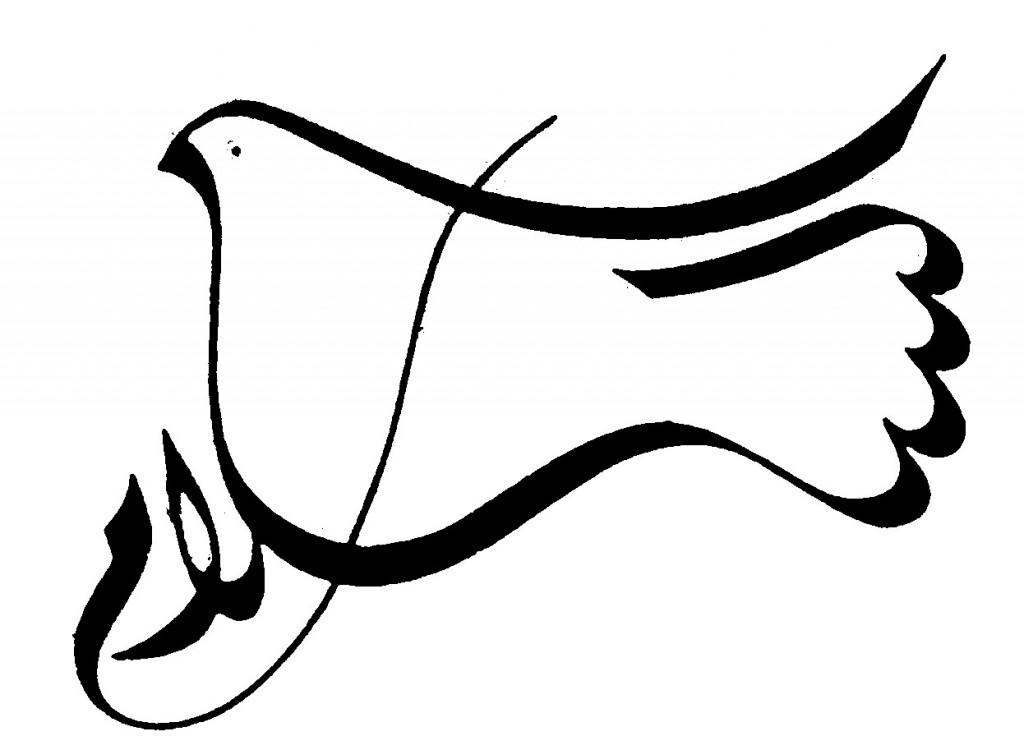Palestinian Nonviolence: The January 2015 Peace Magazine Interview with Mubarak Awad
by Meir Amor
Meir Amor: About 15 years ago you and I had a discussion that was published in Peace Magazine. The editors of Peace think it would be good to have another talk. So let me ask you first: Does your approach to nonviolence have a religious basis? Do Jewish or Muslim religious authorities consider it compatible with their teachings?

Photo of Mubarak Awad, 2014, by Meir Amor; courtesy nonviolenceinternational.net
Mubarak Awad: Personally, I do it from a Christian perspective. For me, it’s time for us all to learn not to kill or destroy. But I did not push that belief on any Israelis or any Muslims. However, I did study Islam and nonviolence a lot, and I thought it would be great to have a Muslim who was interested in nonviolence so we could have a strong campaign. At that time I was interested in Faisal Husseini (1), a great Muslim who believed in nonviolence. I bought a lot of books about a Muslim who had been with Gandhi — Abdul Ghaffer Khan (2), who said that Islam is a nonviolent religion. I was doing that because the majority of Palestinians are Muslim. We held conferences studying Islam and nonviolence — discussing what jihad really means and Sufism in Islam. Sufis are like the Quakers in Christianity; they believe in peace.
There are many Sufis in Islam, who accept the challenge of nonviolence. It’s a big struggle for them — not only between the Palestinians and Israelis or Arabs and Israelis, but also between themselves, for them to be nonviolent at home and active in nonviolence in their community. They can see that we human beings have brains, not just guns, and can resolve any conflict, however big, by debating, by forgiveness, by conciliation.
But in the past twenty years the world has moved toward radical religion in Islam, Christianity, and Judaism. That allows a minority within each religion to start dictating what religion means in a fundamentalist way. Many Muslims want to go back to a caliphate or to Mohammed. Some of them want to be more fundamentalist or more conservative.









